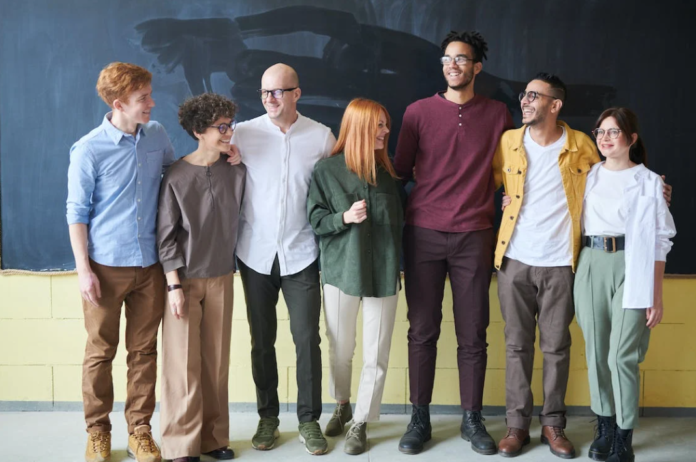As a society, people tend to focus on visible disabilities, such as crutches or wheelchairs, but can often overlook hidden disabilities. Hidden disabilities are conditions that are not immediately noticeable to the naked eye but can have a significant impact on a person’s daily life. It is time to raise awareness and acknowledge the six kinds of hidden disabilities that everyone should be more mindful of.
Mental Health Disorders
Mental health disorders continue to be stigmatized in our society, with many people not seeking help or even acknowledging they have a condition. Conditions such as anxiety, depression, bipolar disorder, and PTSD can severely impact daily life, causing stress, social isolation, and even suicide. It is essential to understand and support those affected by mental health disorders.
Chronic Pain
Chronic pain can be a symptom of various conditions, including fibromyalgia, arthritis, or nerve damage. People often feel misunderstood and invalidated when they state they are in pain, leading to isolation and depression. Chronic pain can impact a person’s ability to work, participate in social activities, and perform daily tasks.
Sensory Processing Disorders
Sensory processing disorders, such as autism and ADHD, affect how a person’s nervous system receives and processes sensory information. This can cause over-sensitivity or under-sensitivity to sensory stimuli such as sound or touch. This can lead to difficulties in communication, socialization, and navigation.
Food Allergies
Food allergies can range from mild to life-threatening. People with food allergies must always be vigilant about what they eat, read labels, and carry an EpiPen at all times. Some people may also be criticized for their food choices, leading to social isolation.
Learning Disabilities
Learning disabilities, such as dyslexia or ADHD, can make it challenging to process and retain information, limiting a person’s ability to participate in educational or work environments. Learning disabilities can also lead to low confidence and self-esteem.
Hidden Physical Disabilities
Physical disabilities, such as leg length differences, heart conditions, or chronic pain, may not be noticeable to the naked eye. These conditions can limit a person’s ability to perform daily tasks, work, or participate in social activities, they may be required to purchase special shoes, like those from American Heelers, or equipment just to get by day to day. People with hidden physical disabilities often face discrimination or disbelief when disclosing their condition.
In conclusion, people need to increase their awareness and empathy towards hidden disabilities. By understanding and supporting those with hidden disabilities, you can break down barriers and create a more inclusive society. You need to start by educating yourself and others about the six kinds of hidden disabilities discussed in this article. With further education and empathy, you can ensure that everyone, regardless of their abilities, is accepted, welcomed, and accommodated in their communities.















